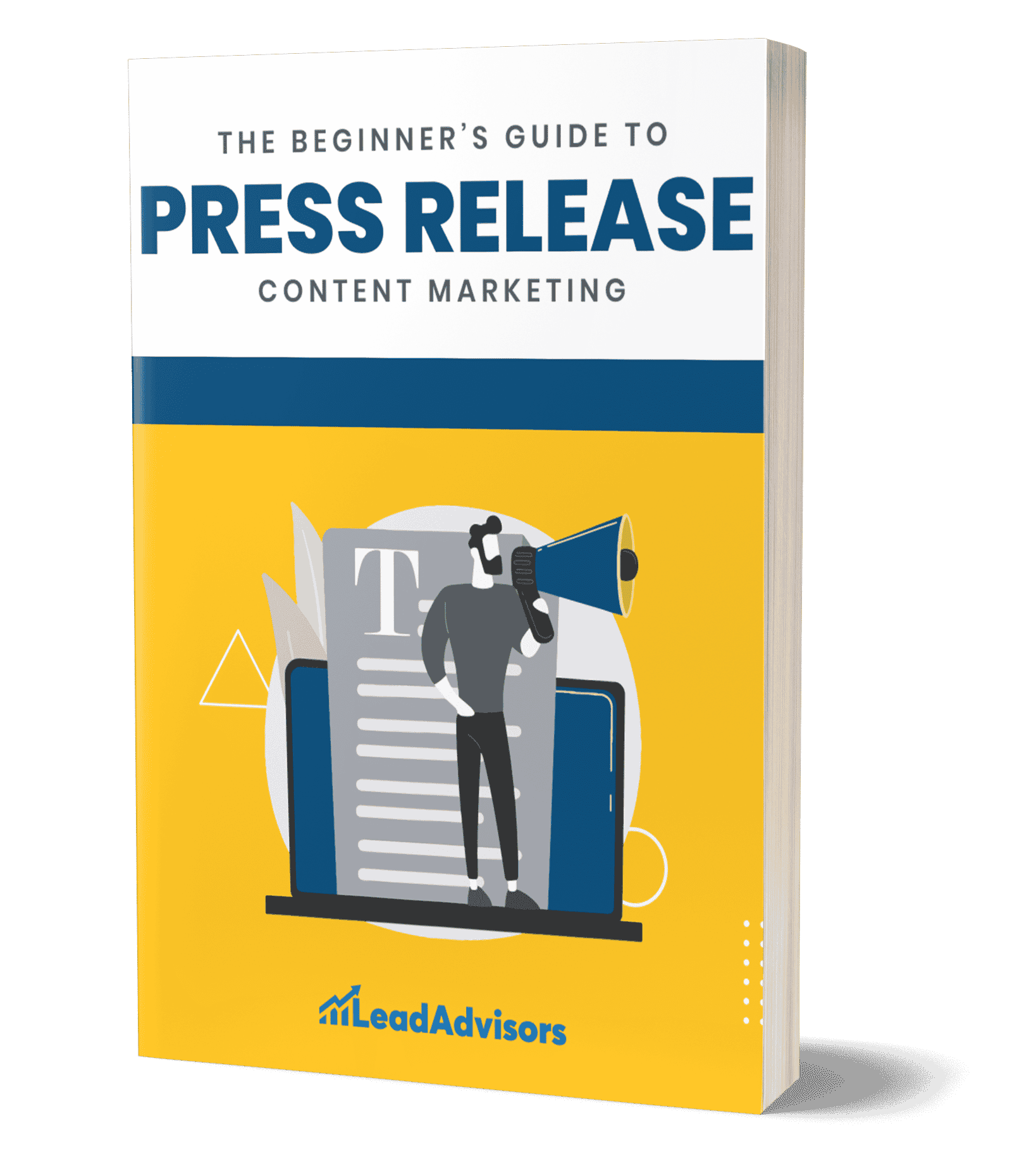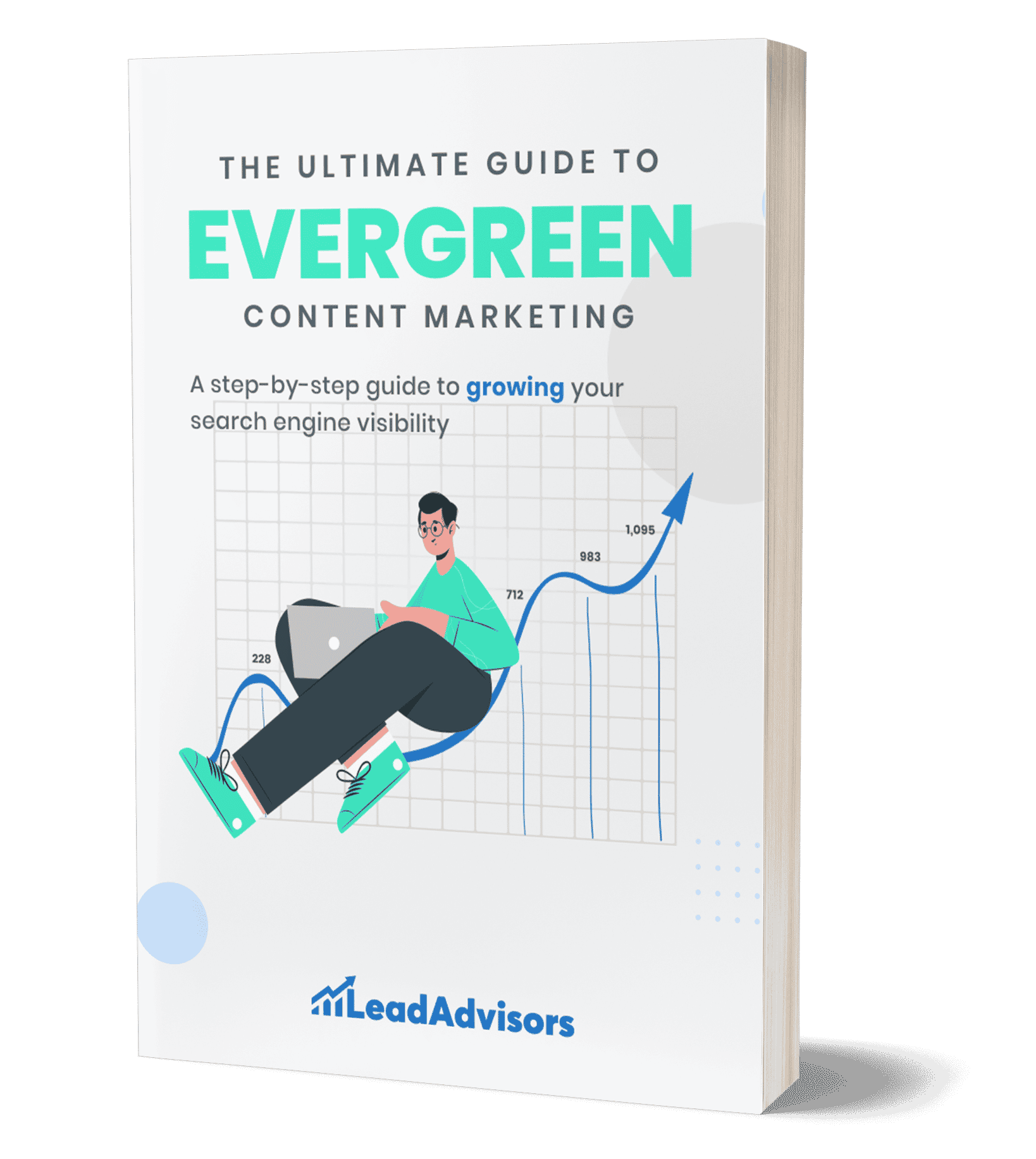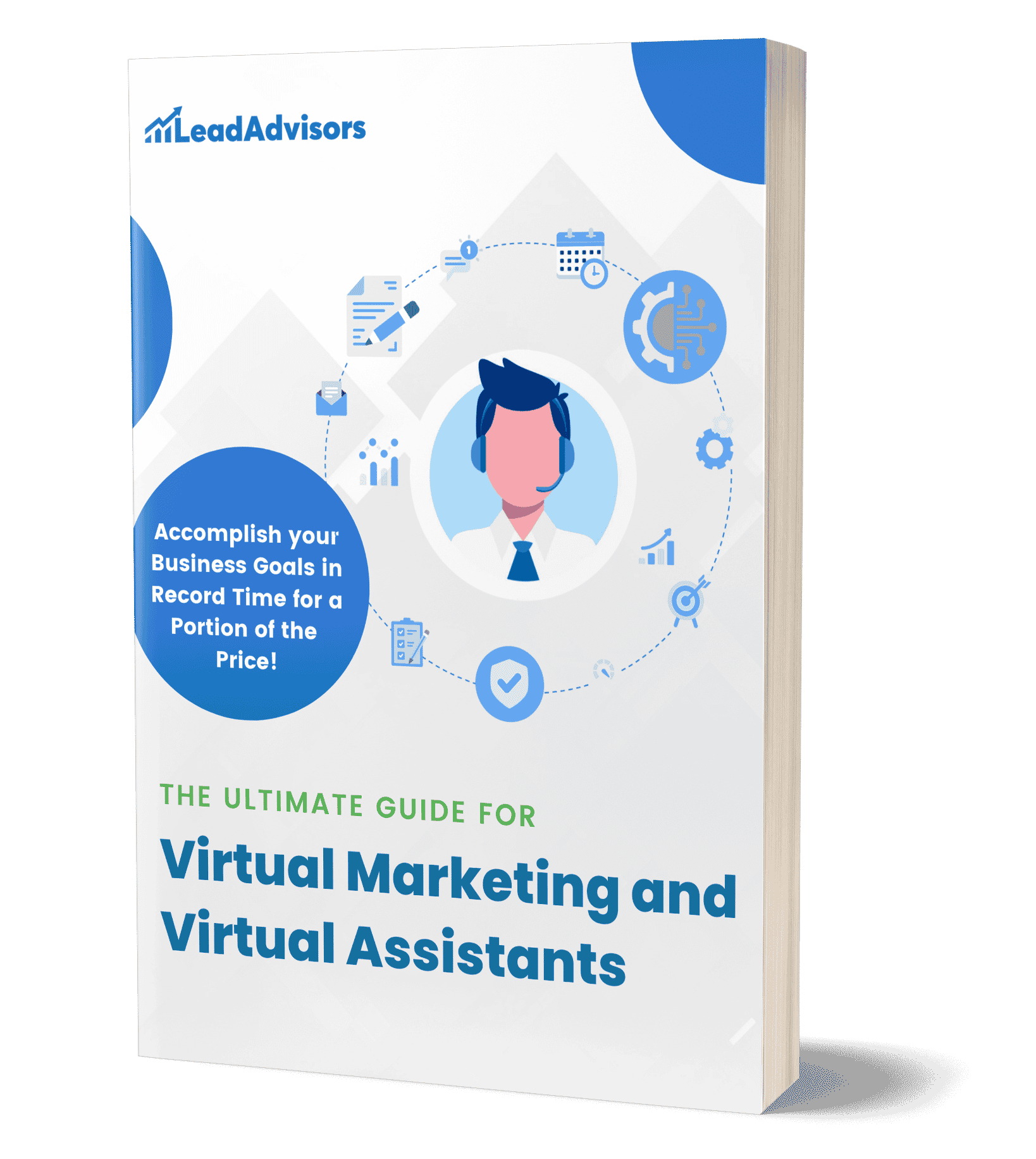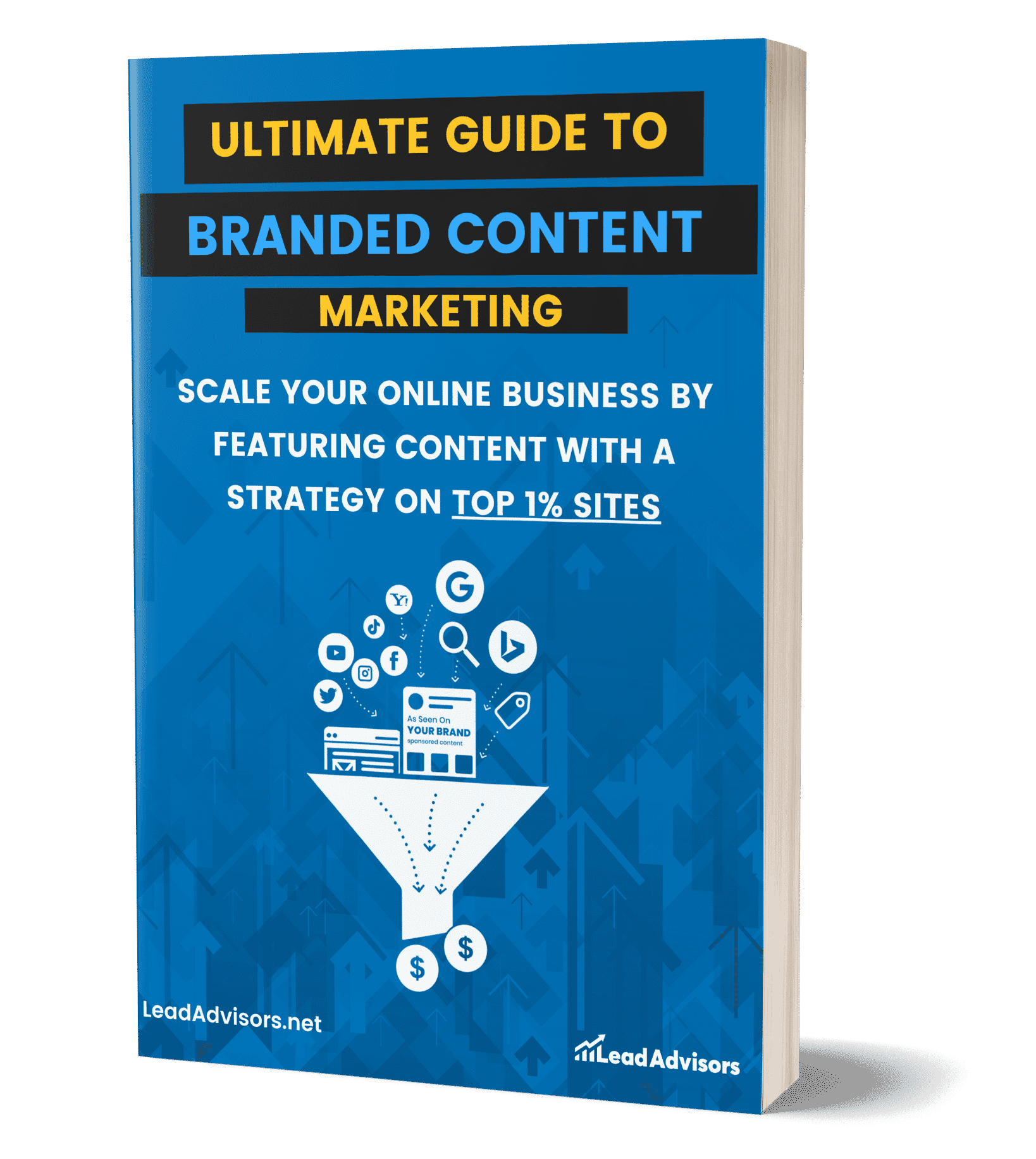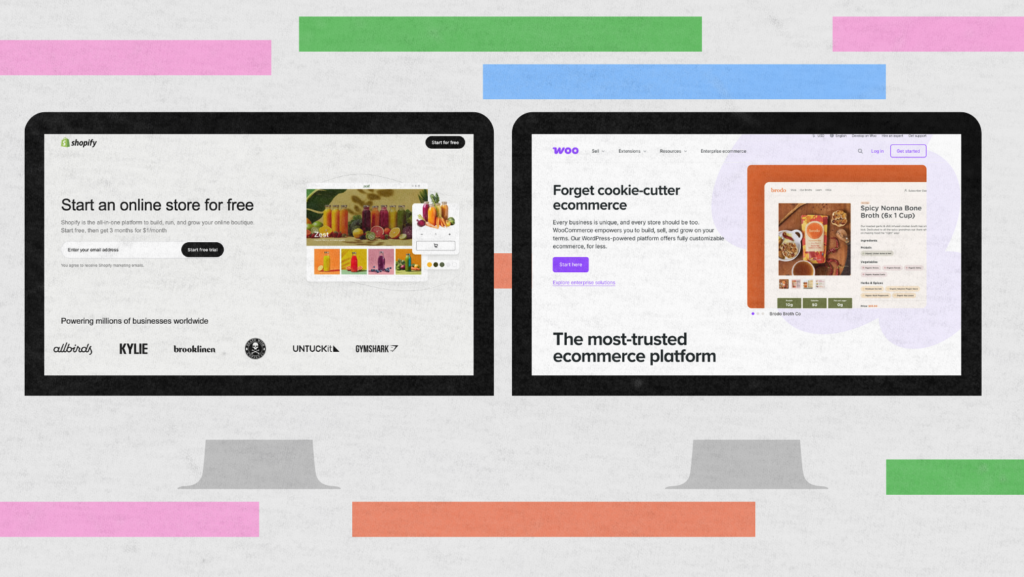How many times have you heard someone use the word marketing and then immediately advertising? This is not a problem – it is, in fact, the most common confusion in business.
The truth is, marketing and advertising are not the same thing. Marketing is the bigger picture, which you use to know your customers, while advertising is a tactic to make people aware of something. Knowing the difference, especially if you are a business, can save time, money, and frustration.
Here, we compare marketing and advertising, explain how they work, and offer tips on how to do better marketing.
What is Marketing?
Marketing is originally the way a business speaks to its customers. It is, in fact, the blueprint of all the touchpoints – how your brand looks and sounds and how you deliver value to your customers. Marketing is the business function that takes human and social needs and forms a whole.
Most advertising involves just one concept – pushing and trying to sell something, and marketing talks about the whole process. It includes:
- Market research – analyzing your target audience or market and the competitors.
- Branding & positioning – establish how you want to be perceived.
- Product strategy – design the right things for your customers.
- Pricing & distribution – ensuring your offer reaches the right people at the correct cost.
- Promotion – a practice of placing your offer in front of the right people at the correct cost.
Take Apple, for example. It is marketing beyond craft, from advertising campaigns to brand experience through product, retail, and service. Think innovation or cutting-edge tech, and Apple is what comes to your mind.
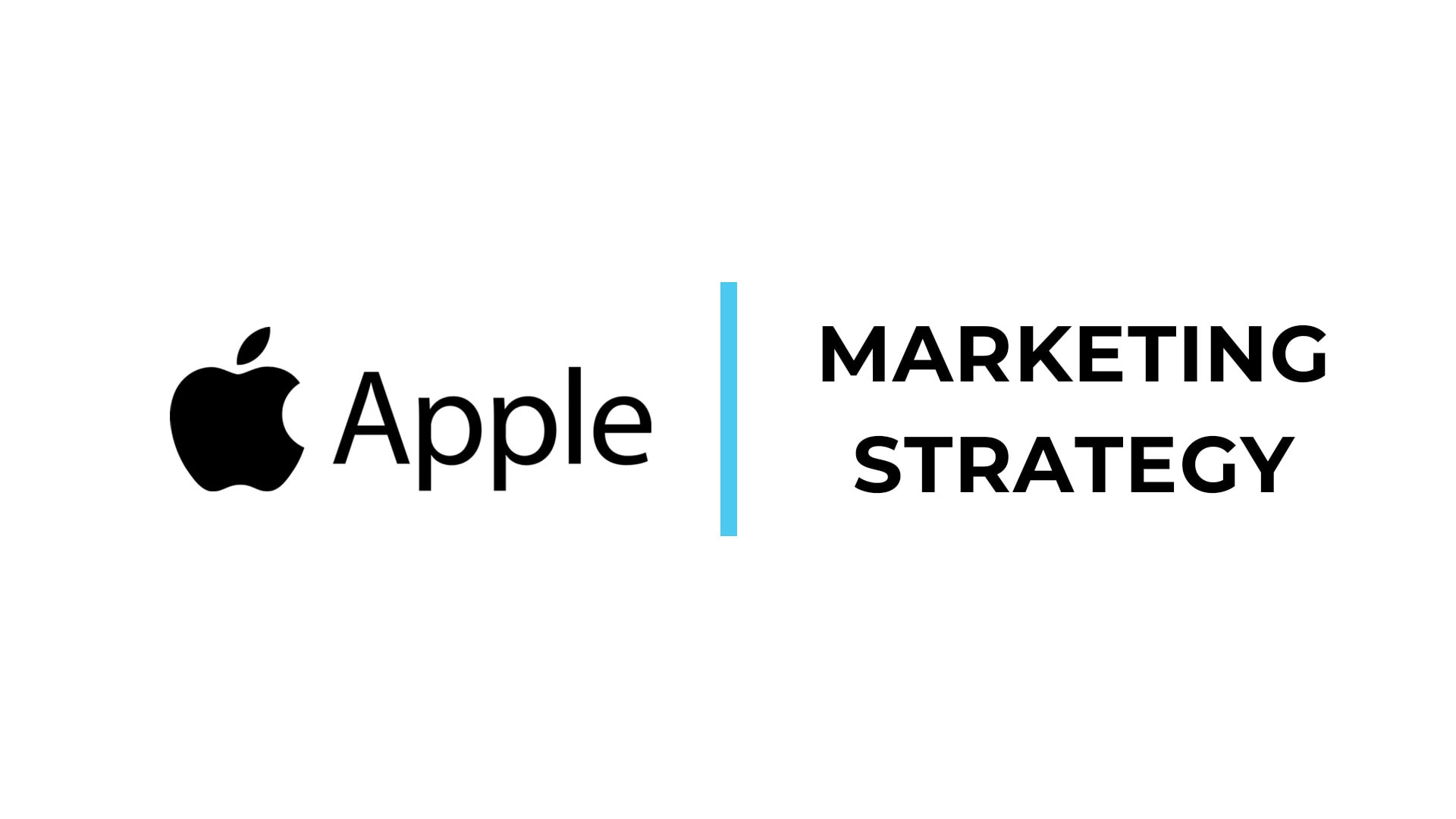
In other words, marketing is how you learn to play chess (not checkers – sales) with your audience.
What is Advertising?
If marketing is the forest, advertising is the tree. Advertising is publicity, typically through paid channels – see some advertisement examples for context – in the broader framework of marketing. Advertising serves the purpose of telling a specific story someone wants an audience to hear in some manner – whether that be your Facebook ad, driving down the interstate, or during the entire 30-second Super Bowl spot.
Here’s what makes advertising unique:
- It’s focused – advertising promotes a single product, service, or offer.
- It’s paid – unlike organic social media or word-of-mouth, advertising requires a budget.
- It’s time-bound – ads typically run for a set campaign duration.
- It’s measurable – you can track reach, clicks, and conversions.
Coca-Cola holiday commercials, for example, are more than a little bit of fun – they serve as the backbone of a season-long marketing initiative that aims to warm consumers’ hearts with allusions to joy and family harmony in December.

Advertising is a strategic weapon employed within an overall marketing strategy. It raises awareness, is actionable, and drives the relevant marketing strategy that your message clearly defines.
Marketing vs Advertising: The Key Differences

So now we know what each is, but the question remains: Marketing vs. Advertising – how are they different from one another? Honestly, the scope seems to be the easiest way to think about it. Marketing is a strategy, while advertising is one of the tools to implement that strategy.
So here are the simplified main differences:
| Aspect | Marketing | Advertising |
| Scope | From research, branding, pricing, promotion, to customer experience. | Paid: This is the single paid promotion element of marketing. |
| Goal | Make connections and establish value to increase long-term brand growth | Engage, Raise awareness, and Microwave Resonate sales |
| Approach | Holistic, long-term, strategy-driven | Tactical, campaign-based, execution-focused |
| Channels | Content marketing, SEO, social media, PR, events, partnerships, email marketing | Paid media like TV, radio, social ads, Google Ads, and billboards |
| Cost | Continuing investment in strategy and execution | High cost per campaign, too, often with a large upfront budget spent |
A quick thing to remember: marketing is the plan, and advertising is the megaphone. These two are tied together because ads without a strategy are just spam, and a strategy means nothing without being promoted correctly.
How Marketing and Advertising Work Together
Marketing vs. advertising: It is a simple line, but when we say one works without the other, it all seems wrong. Marketing is the hard work – getting to know your audience, crafting your brand, and determining where you want to be. Then advertising goes across them, amplifying that to the right people at the right time.
Take Nike as an example. The company’s marketing style is centered on motivating athletes of all levels with the slogan “If you have a body, you are an athlete.” That’s the big-picture positioning. Nike’s advertising campaigns then carry that message across TV, social media, and miscellaneous digital platforms–and who doesn’t love the iconic “Just Do It” commercials?!
And when the two come together, you have a powerful cycle:
- Marketing identifies the story.
- Advertising tells the story loudly.
- Marketing refines the strategy based on results.
Instead of treating marketing and advertising as separate silos, consider them two halves of the same growth engine.
Choosing Between Marketing vs Advertising for Your Business
And the questions arise: Is it better to allocate our resources in favor of marketing or go directly to investing money in advertising? It all depends on where you currently sit in your growth curve.
- If you’re just starting, concentrate on marketing. Establish your brand identity, learn your audience’s needs, and plan for the customer experience. No matter how great your ads are, they will not do you any good without that foundation.
- If you already have a clear strategy, advertising can speed up your vision. For instance, if aligned with your marketing strategies/ goals, paid campaigns can quickly boost awareness, drive traffic, and generate leads.
- For small businesses, you don’t have to have deep pockets. Combine content marketing campaigns, social media engagement, and email (marketing) with micro-targeted ads on Google or Facebook to get the most bang for your buck without blowing your budget.
In essence, marketing is planting the seeds, and advertising is watering them. They are equally important; however, you must know which one will come first.
Advanced Strategies to Combine Marketing & Advertising
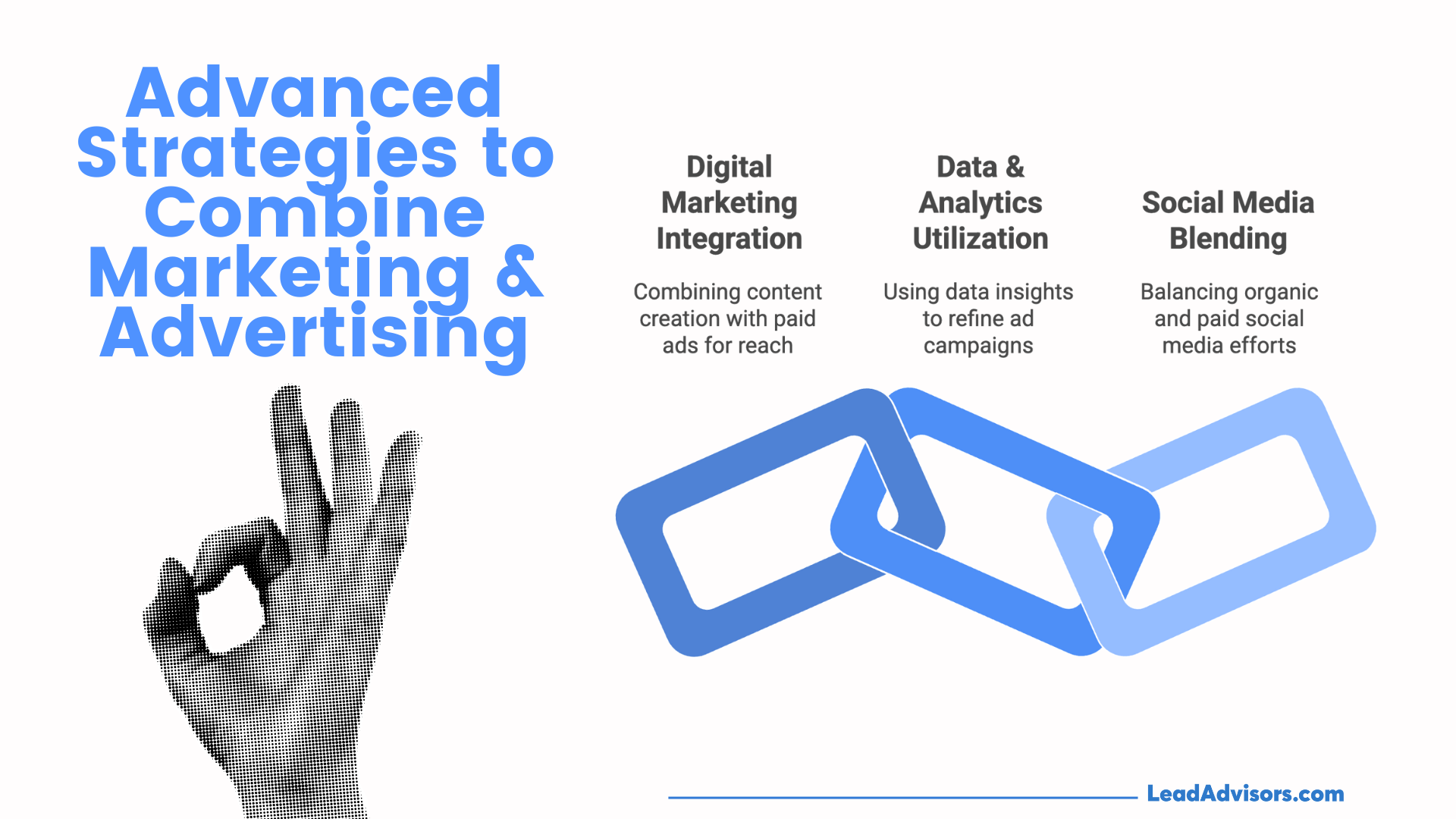
Now, when you understand marketing vs. advertising at a fundamental level, the real magic happens throughout their blend. Rather than having siloed ad buys or strategies that never see the light of day, successful companies will marry the two and ensure maximum cohesion.
Integrating Digital Marketing with Paid Ads
Marketing creates the content (blogs, videos, guides, social media), and advertising gives it reach – a core principle of growth marketing. For instance, you can make an SEO-optimized blog post and promote it using paid ads targeting LinkedIn or Facebook. Not only does this help drive instant traffic, but it can also add stability to long-term organic visibility over time.
Content amplification is a tactic where you advertise your top-performing blog or video so it is shown to more of the right people.
Leveraging Data & Analytics for Smarter Campaigns
Data is the ultimate convergence point of marketing and advertising. Marketing analytics tell you what customers care about, while advertising platforms allow you to format test and measure which messages convert best.
For instance:
- Use website data to create a retargeting campaign for visitors who didn’t buy.
- A/B test different ad creatives to see which resonates with your audience.
- Combine CRM data with ad targeting to deliver personalized offers.
Brands like Amazon and Netflix also do this very well: based on customer insights, they deliver ads that feel like recommendations rather than direct interruptions.
Blending Organic and Paid Social Media
Organic is the trust builder, and paid advertising is a reach extender. The key is allowing them to work in tandem. This could mean publishing great Instagram posts (marketing) and then paying to promote your best-performing ones (advertising) or trying the top ways to use Facebook marketing to extend your reach.
Add tactical advertising to strategic marketing in that feedback cycle: insights fuel creativity and ads amplify results. That is how small businesses can compete with bigger brands in the digital-first world.
Common Misconceptions About Marketing vs Advertising
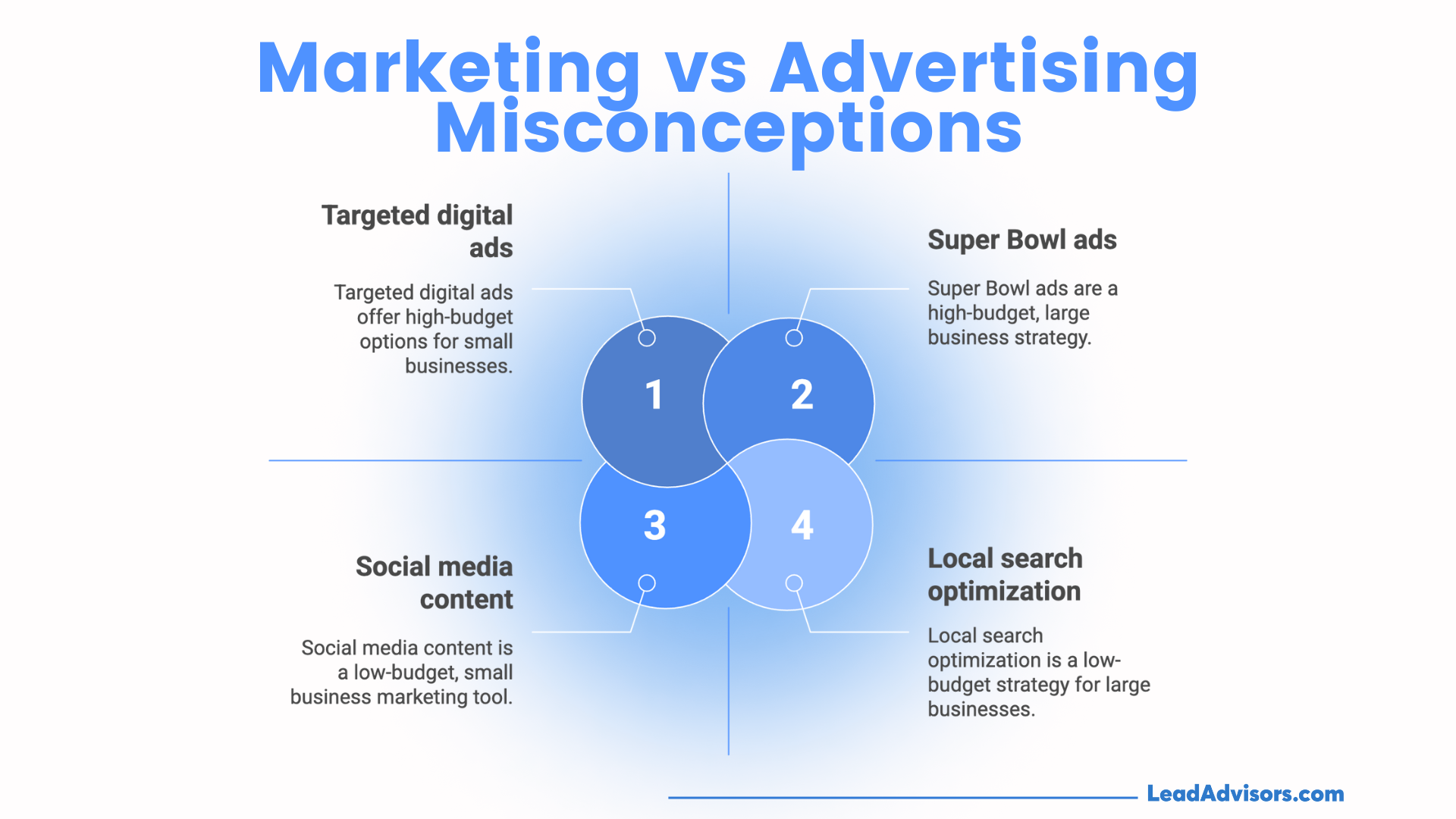
Whilst we say the terms every day, there are still a lot of myths floating around about marketing vs advertising. To clear some of the popular ones up:
Misconception 1: Advertising and Marketing Are the Same Thing
Not quite. Advertising is the tip of the marketing Iceberg. Marketing is the entire dinner – research, branding, content, and customer experience – where advertising only serves as the promotion part to convey that message.
Misconception 2: Marketing Is Only for Big Companies
Small businesses might feel marketing is only available to Fortune 500 brands. You can market simply by posting regular content to social media, gathering emails, or optimising your site for local search! These are similar principles, to be sure, even if the scale differs entirely.
Misconception 3: Advertising Is Too Expensive for Small Businesses
Those Super Bowl ads cost millions; however, the digital age has evened the playing field. Even small budgets can access a highly targeted audience using tools like Facebook Ads or Google Ads. Ads can be eliminated from wasted spending when combined with a sharp marketing tactic.
Misconception 4: Marketing Is a One-Time Project
Marketing is not a “set and forget” process. It will be ongoing, as customer behavior changes constantly and platforms/trends change quickly. Businesses taking a long-term view of marketing also tend to realize greater returns on their advertising investment.
Frequently Asked Questions
What is more important: marketing or advertising?
Can a business survive with only advertising and no marketing?
How much should small businesses spend on marketing vs advertising?
Conclusion: Marketing vs Advertising in the Digital Age
You should never select one over the other when it comes to marketing and advertising because you need both correctly. Marketing is a holistic strategy that informs how you engage with your brand, but advertising is just the bullhorn in that strategy. Separately, they have their bounds.
As a result, they built a growth engine together. Today, businesses that market smartly and provide a product or service to customers they have come pre-engaged with (or targeted) early are winning in the long game. Commerce meets Content, Strategy enables direction, and Advertising fuels momentum. The secret is Balance.



